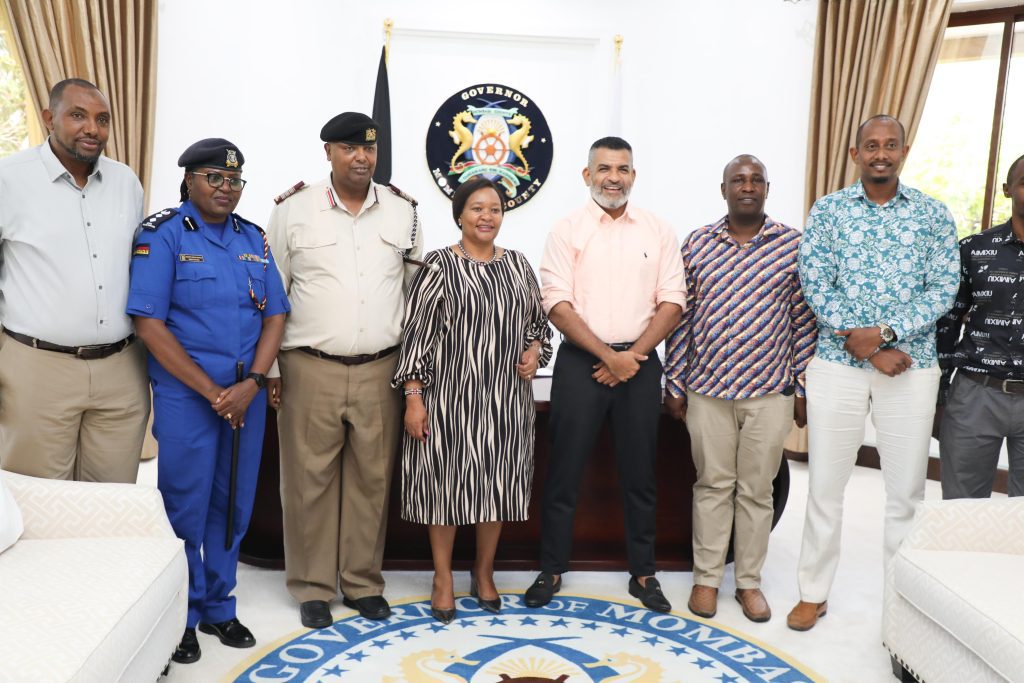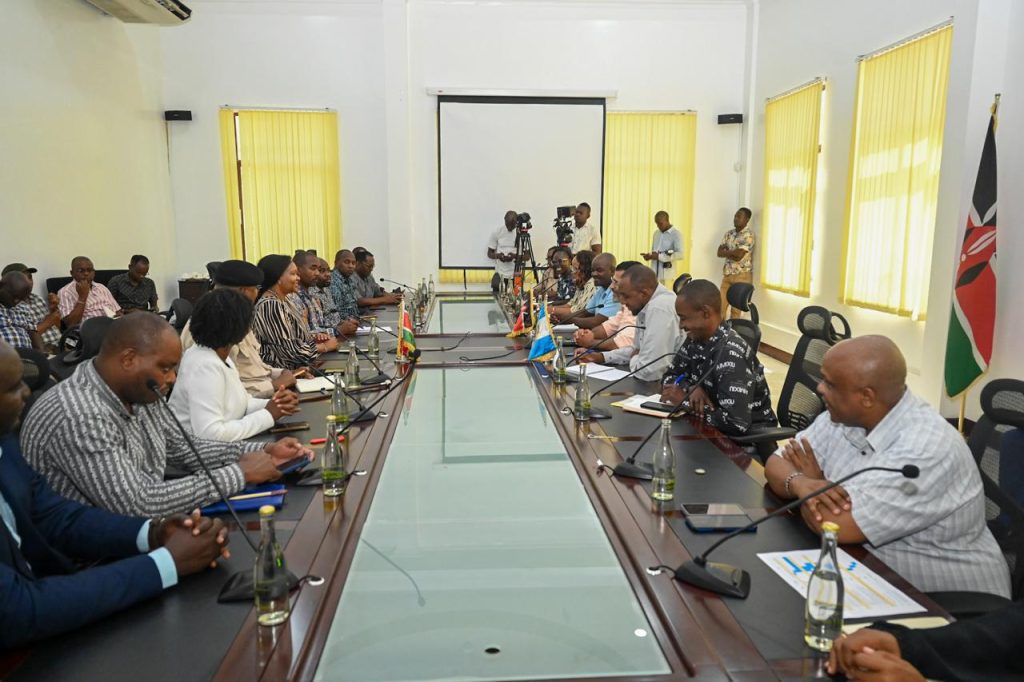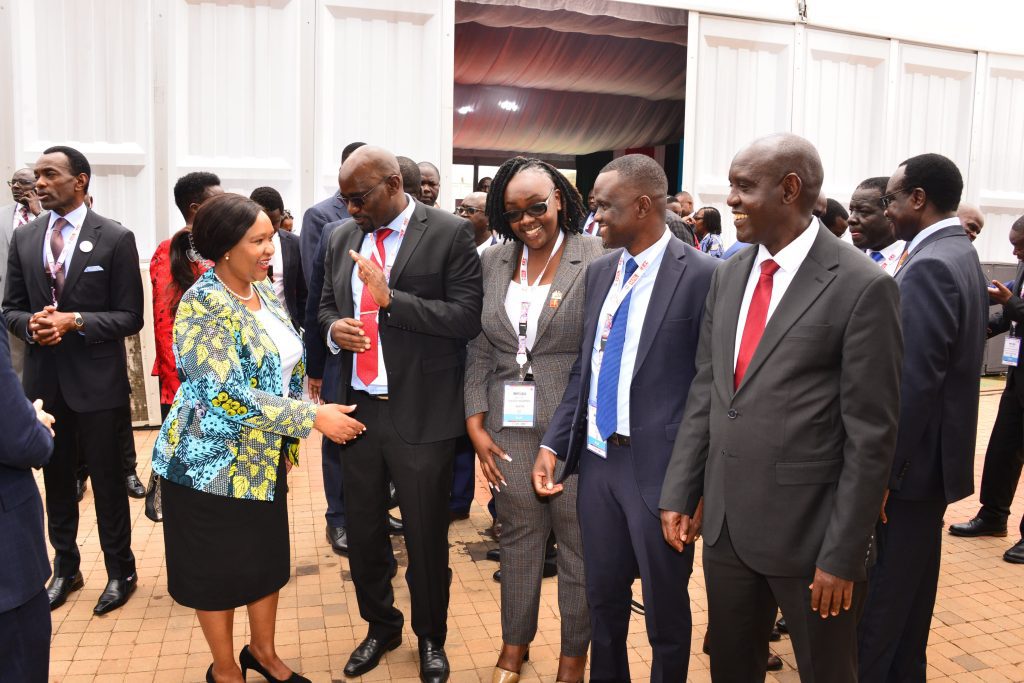As the festive season approaches, Kenya’s tourism stakeholders are urging the government to consider tax reductions to make the country more competitive in the regional tourism landscape. This call for action comes as Kenya aims to capture more international tourist interest and position itself as an attractive destination among its East African neighbors, particularly Tanzania and South Africa.
At a recent event hosted by Tamarind Tree Hotel, General Manager John Musau advocated for a reduction in levies on tourism services, notably game drives, which are central to Kenya’s safari appeal. Musau highlighted that by reducing taxes on these services, Kenya could enhance its appeal to international visitors and offer more affordable travel experiences. This could help Kenya compete more effectively with neighboring countries known for their strong tourism offerings, such as Tanzania and South Africa.
The Need for a Competitive Edge in the Tourism Market
In today’s competitive travel landscape, where destinations are vying to attract more international tourists, the cost of travel services plays a critical role. For Kenya, lowering taxes on experiences like safaris and game drives can help position the country as a more budget-friendly choice without compromising the quality of its offerings. According to Musau, this tax reduction is vital to helping Kenya achieve its target of 3 million tourist arrivals by the end of 2024 and 5 million in the coming years.
Kenya’s tourism industry saw remarkable growth in 2023, welcoming 2 million arrivals. To maintain and increase this momentum, the tourism sector needs to remain accessible and attractive. Musau believes that a well-considered tax policy would support this objective, creating a favorable climate for tourists who may be deterred by high service costs.
Increased Marketing Budget: A Strategy for Greater Visibility
Besides tax reductions, Musau also stressed the importance of increased marketing funds for the Kenya Tourism Board (KTB). With a larger budget, KTB could implement more robust and far-reaching campaigns to promote Kenya on a global scale. This would allow the country to reach a wider audience of potential travelers, showcasing the variety and richness of Kenya’s attractions, from the famous Maasai Mara and coastal beaches to lesser-known gems.
An increased marketing budget would enable KTB to participate in more international tourism events, advertise Kenya’s tourism offerings, and launch digital campaigns to reach younger audiences who rely heavily on social media when choosing travel destinations. This is particularly important as the global tourism industry grows increasingly digital, with social media playing a significant role in inspiring travel decisions.
Aiming for 3 Million Tourists by 2024: Kenya’s Ambitious Target
Kenya has set an ambitious target to increase its tourist arrivals to 3 million by the end of 2024. The country’s tourism growth in 2023, with a recorded 2 million arrivals, indicates a strong upward trend. However, reaching the 2024 goal will require strategic adjustments, including making Kenya’s offerings more accessible and appealing through price reductions and improved visibility.
The goal to welcome 5 million visitors within the next few years further underscores the urgency to address these competitive challenges. Musau’s call for lower taxes and increased marketing investment reflects the determination within Kenya’s tourism sector to keep pace with regional competitors and meet the demands of today’s global travelers.
How a Competitive Tourism Sector Benefits Travelers
For travelers, lower taxes on services like safaris and game drives translate into more affordable and appealing travel options. Kenya’s famed wildlife tours, known for offering some of the world’s most iconic safari experiences, would become more accessible to a broader audience, from budget-conscious backpackers to families looking for meaningful travel experiences. Reduced travel costs also provide travelers with more flexibility to explore other activities, such as beach resorts along Kenya’s coast, cultural visits to Maasai communities, and hiking in the country’s scenic highlands.
Additionally, the increase in KTB’s marketing budget would enable Kenya to showcase these diverse experiences on a global scale. Enhanced promotional efforts could attract travelers from various backgrounds and demographics, expanding the country’s reach beyond traditional markets. This visibility not only makes Kenya a recognizable name in global tourism but also invites travelers to discover the country’s full range of attractions, from adventure tourism to eco-travel and cultural heritage sites.
The Global Impact of Kenya’s Tourism Strategy
Kenya’s call for lower tourism taxes and increased marketing funding has broader implications for the global travel industry. As more countries compete to attract international tourists, affordability and effective promotion have become key factors in decision-making for travelers. By investing in these areas, Kenya could influence other destinations to consider similar strategies, potentially creating a ripple effect within the East African region and beyond.
For instance, Tanzania and South Africa, Kenya’s closest competitors in the safari market, may also consider revising their pricing structures to retain their market shares. This regional competition could ultimately benefit travelers, as countries strive to provide better and more affordable experiences. The international travel industry may also witness a trend toward cost-efficient travel experiences that cater to the budget needs of today’s travelers without compromising on quality.
Kenya’s Positioning within East African Tourism
Lower taxes and a stronger marketing presence could reinforce Kenya’s position as a top choice in East African tourism, particularly for safari-goers. The country’s diverse offerings, from world-renowned wildlife reserves like the Maasai Mara to luxury beach resorts, make it uniquely suited to benefit from increased tourist interest. By establishing a competitive edge, Kenya can attract travelers who may otherwise choose other safari destinations in East Africa, supporting its goal to reach and surpass the 3 million tourist mark by 2024.
Challenges Ahead for Kenya’s Tourism Sector
Despite the potential benefits, Kenya’s tourism industry faces challenges that must be addressed to ensure the success of this strategy. The call for lower taxes, while favorable for tourists, may raise concerns over revenue for local governments and the national treasury. Balancing affordable travel experiences with sustainable revenue generation will be essential in implementing these changes effectively. Additionally, coordination among tourism stakeholders, local governments, and national policymakers will be crucial to ensure that this strategy benefits both the economy and the local communities involved in tourism.
Final Thoughts: A Win-Win for Travelers and Kenya’s Tourism Industry
As Kenya works toward its 2024 and long-term tourism goals, stakeholders in the industry hope that a combination of lower taxes and more prominent marketing will make the country a highly competitive destination for travelers worldwide. With this strategic approach, travelers will have more affordable access to Kenya’s stunning wildlife, rich culture, and iconic landscapes, while Kenya stands to gain increased international visibility and a robust economic boost from tourism.
Kenya’s push for competitive tax policies and enhanced marketing illustrates how countries can adapt to meet the evolving preferences of global travelers. For tourists looking to explore Africa, this initiative may open doors to more accessible and memorable experiences, from game drives to coastal escapes. Kenya’s approach could very well inspire other destinations to evaluate their strategies, setting a new benchmark for travel affordability and appeal in the tourism sector.
Source: Travel and Tour World






